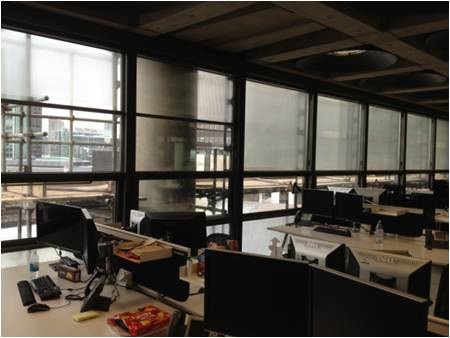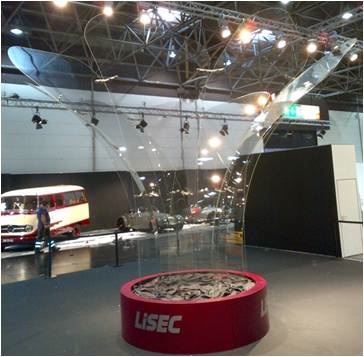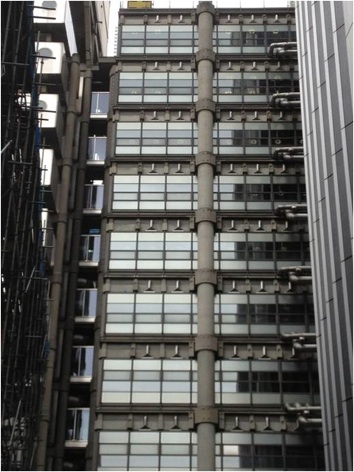Recycling bottles and jars is a concept we are all familiar with. The 750,000tonnes that we put in bottle banks each year goes someway to offsetting the 2 million tonnes or so that we use for containers. Half as much glass (at least 1m tonnes) is used to make ‘flat’ glass – mostly for buildings, but some for vehicles. Recycling is possible, but harder for flat glass. Reducing usage and re-using ‘old’ glass can also mitigate the environmental impact of glass in the construction sector. Graham Dodd, glass expert and Arup Fellow, explains.
In times of austerity it is natural to try to be more economical with materials and right now the theme of materials efficiency is aligned with increasing focus on the embodied impacts of building materials.
Glass is one of the fundamental building materials of the modern age and it seems to have been on a trajectory of “more is better” for many years, as the size of glass panes increase with the development of processing machinery and client budgets. It may be that this trend continues but in the last 12 months a new theme seems to be emerging: ’use less and use it again’.
Using less
Last week, at the international glass trade fair, Glasstec in Düsseldorf, Corning Glass was showing its very thin, chemically strengthened glass for architectural applications. Originally developed in the 1960s for aerospace applications, it is strengthened by a chemical process and has been re-born as a scratch resistant screen for smartphones and display equipment. Being thin (0.5 to 2.0mm) and strong it can be bent elastically, opening up possibilities for new architectural applications.

At the same show, Lisec was promoting its air bed machinery to thermally toughen (temper) very thin glass from 0.9 to 6.0mm. This gave Arup the opportunity to design a sculpture that made use of the size, strength and flexibility of glass in this form. Using two layers of 2mm heat treated glass laminated together into a curved shape and fixed with a new transparent structural silicone adhesive from Dow Corning, the piece looks like a flower or a turbine, depending on your point of view. The nine “petals” are 4.5m tall and up to 1.5m wide, and are stabilised by their curvature and interconnections.
Re-use
I have held a couple of assumptions about the use of glass for a number of years - that old glass from buildings could not be re-used because it is uneconomic to re-process, and that it could not be recycled into new float glass because it would be too contaminated.
But when the time came for Lloyd’s of London to adapt its iconic building to meet higher tenant expectations and to remain competitive as real estate alongside its newer neighbours those assumptions were overturned.

At the time we started the project – designing a scheme to add vision area to the cladding whilst still respecting the building’s grade 1 listed status – there were reports of re-using glass within the Empire State Building. Doing something similar here with the Lloyds building looked to be an interesting challenge but when glass processor and original manufacturer Saint-Gobain Glass experimented with old panes of Lloyd’s glass, they found it easier to cut and heat treat than anyone had expected. Doing this for a total of 1182 bays reduced the cost and time of making new rollers to replicate the original unique light diffusing pattern.
And recycle…
After chemical analysis the 50 tonnes of surplus glass removed from the Lloyd’s building were sent for recycling into new flat glass through a scheme that was already established for factory off-cuts.

So this great example makes me think there is more to be done with less glass, and more value in old glass than we had previously realised. In fact, the big obstacle to re-using materials is often a matter of having the right information about dimensions, composition, properties or condition. As we design new buildings with the advantages of building information models (BIM), maybe we can preserve that information about other materials, to increase their value for re-use.











National Gas receives funding to develop Gravitricity underground hydrogen storage system
One single rock salt mine - Winsford - has 23 <i>MILLION </i>cubic metres of void and even allowing for 10% of that void set aside for hazardous waste...